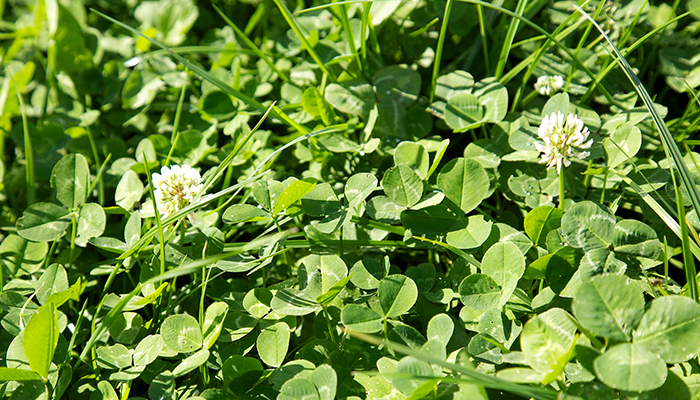26 March 2022
Is Clover an option for my farm?

On this week’s episode of the Beef Edge podcast Teagasc researcher Deirdre Hennessy discusses all you need to know about clover swards. With the price of chemical fertiliser this spring Deirdre highlights that clover most definitely has a role on all grass based systems. Learn more about clover
Before establishing white clover
Deirdre advises on the importance of good soil fertility (soil pH 6.2-6.5, soil P index 3 or 4, soil K index 3 or 4.)
Infrastructure – have you a paddock system where each paddock is grazed within 3 days on an 18-21 day rotation.
Weeds – whether oversowing or reseeding, have weeds been removed before clover established? (weed management after establishing clover can be difficult).
Varieties – which clover varieties will best suit your needs? (large leaf varieties – silage, medium leaf varieties – grazing cattle).
Grazing advice
Graze covers every 18-21 days (9-10cm) – don’t let grass shade out white clover. Graze 4cm all year – let light down to the stolon. In order to reduce bloat risk Deirdere advises for animals accustomed to clover swards bloat is not usually an issue. But for high risk animals introduce them gradually to clover swards, don’t let them in hungry to clover swards and don’t move them from poor quality swards to clover ones. Alternatively feed roughage before grazing, graze when the clover sward is dry or use bloat oil in the water (25ml/LU/Day).
Listen to Deirdre Hennessy on the BeefEdge podcast
Find lots more informaton of interest from Teagasc about Clover here
